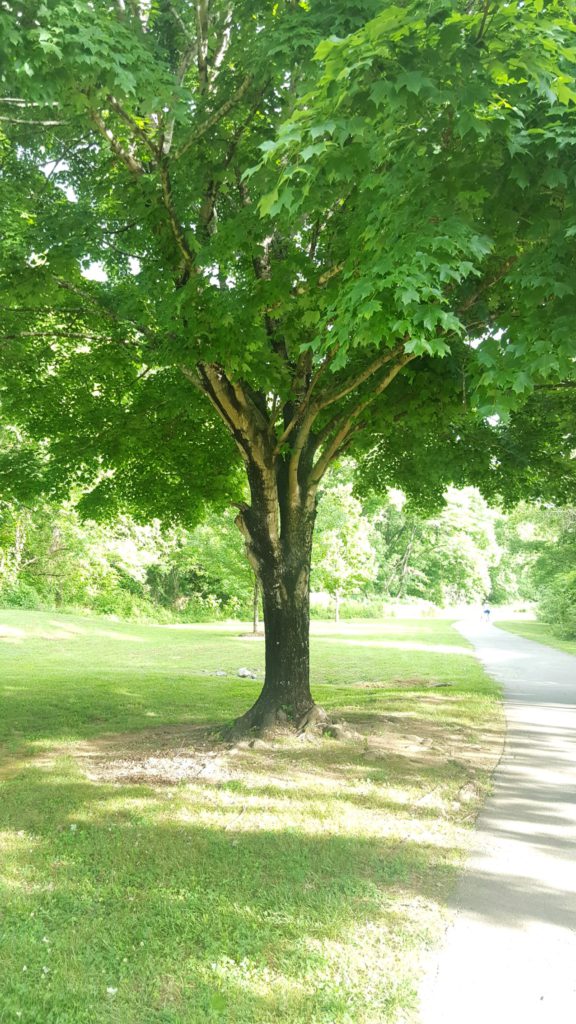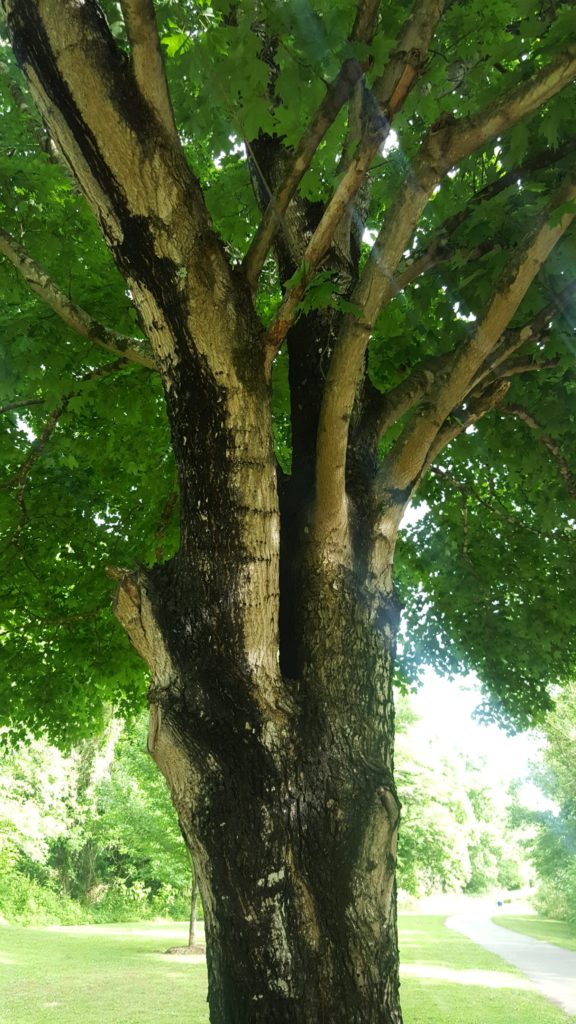Ask The Arborist: Gloomy Scale

6 Spring Cleaning Tips for Your Trees
4.16.18
“Save Your Ash” Campaign
6.11.18
Gloomy Scale: As discouraging as it sounds
Q: Why are there dark patches on the bark of my maple tree?


The likely culprit is gloomy scale, an insect with a gray shell that blends in well with bark. The small insects feed on plant cells, resulting in stunted growth, branch dieback and overall decline of the host plant. They’re particularly drawn to maples, elms, tulip poplars and sweetgums.
When there’s a heavy infestation, with multiple levels of shells, it’s easy to confuse the black spots for mold. At this advanced stage, gloomy scale is difficult to treat because the insect’s protective covering keeps it safe from chemicals. In these cases, it’s best to call a certified arborist for help.
If you catch the problem early, there are sprays that work well when applied during the dormant season. And of course keeping your tree as healthy as possible is the best defense to avoiding the pest, although there’s one caveat: Nitrogen fertilizers can increase scale abundance, so you may want to avoid those on trees susceptible to gloomy scale.
Sources: Laurie Reid Dukes with the city of Charlote, Bartlett Tree Experts and NC Cooperative Extension
